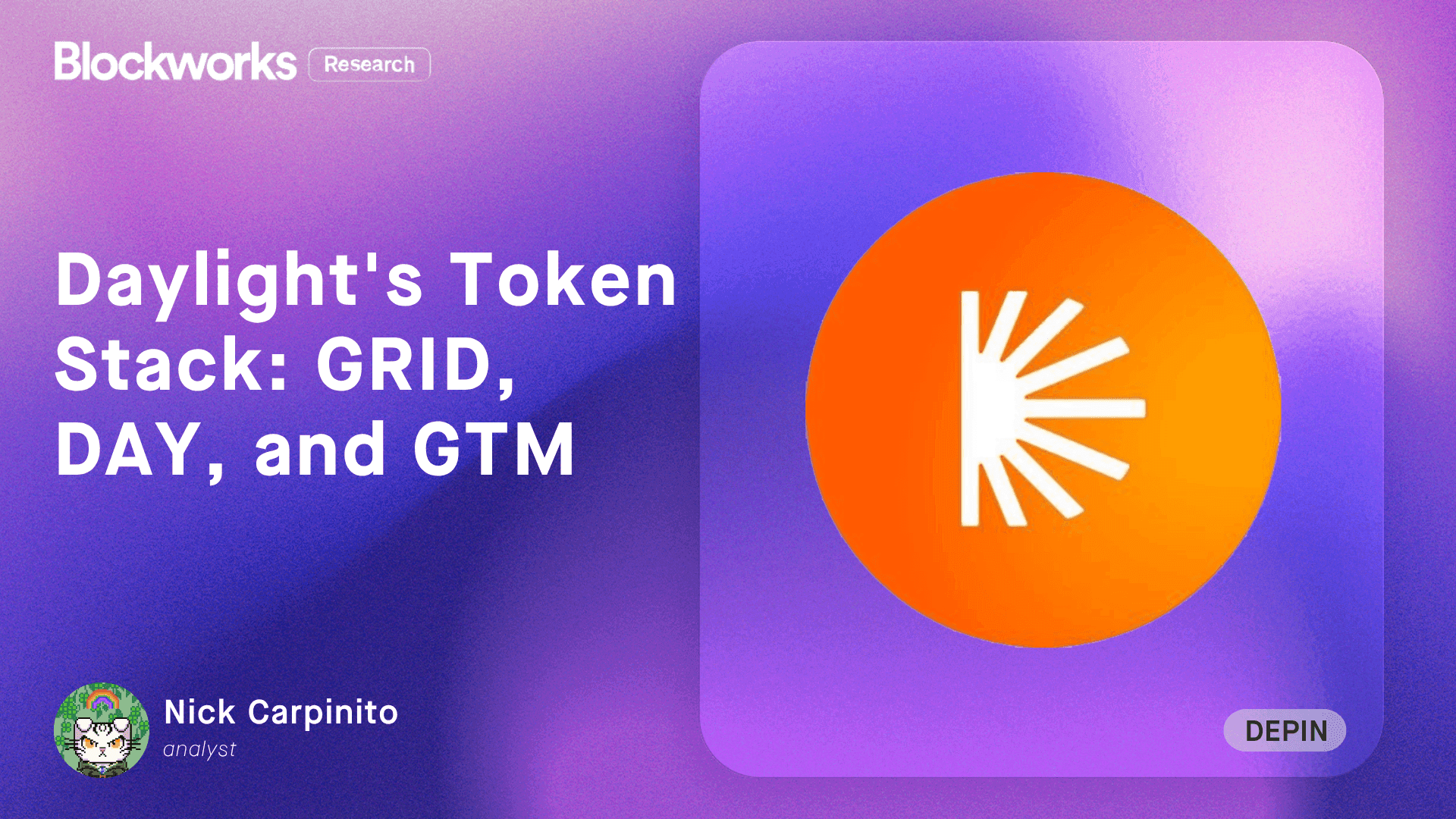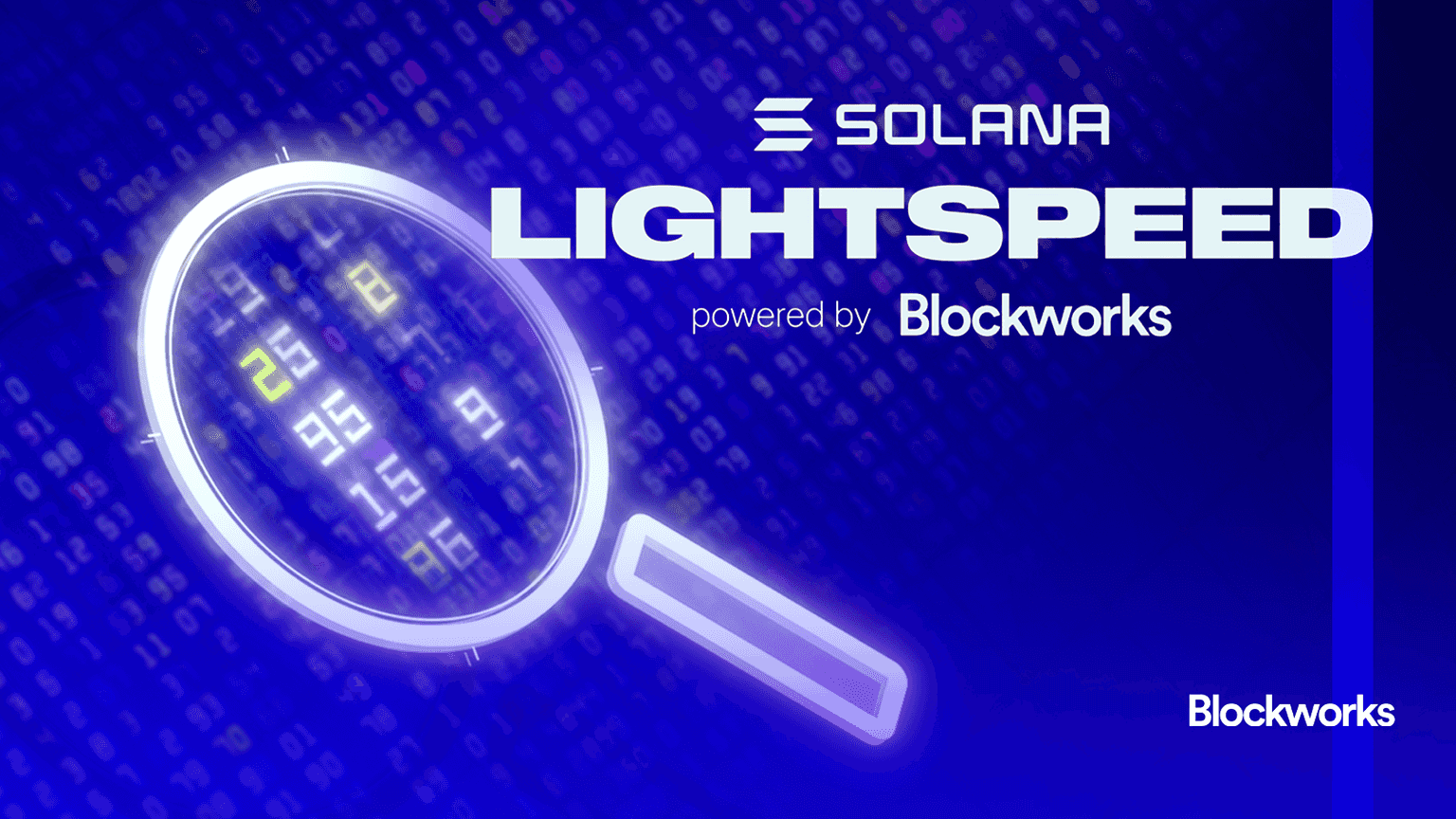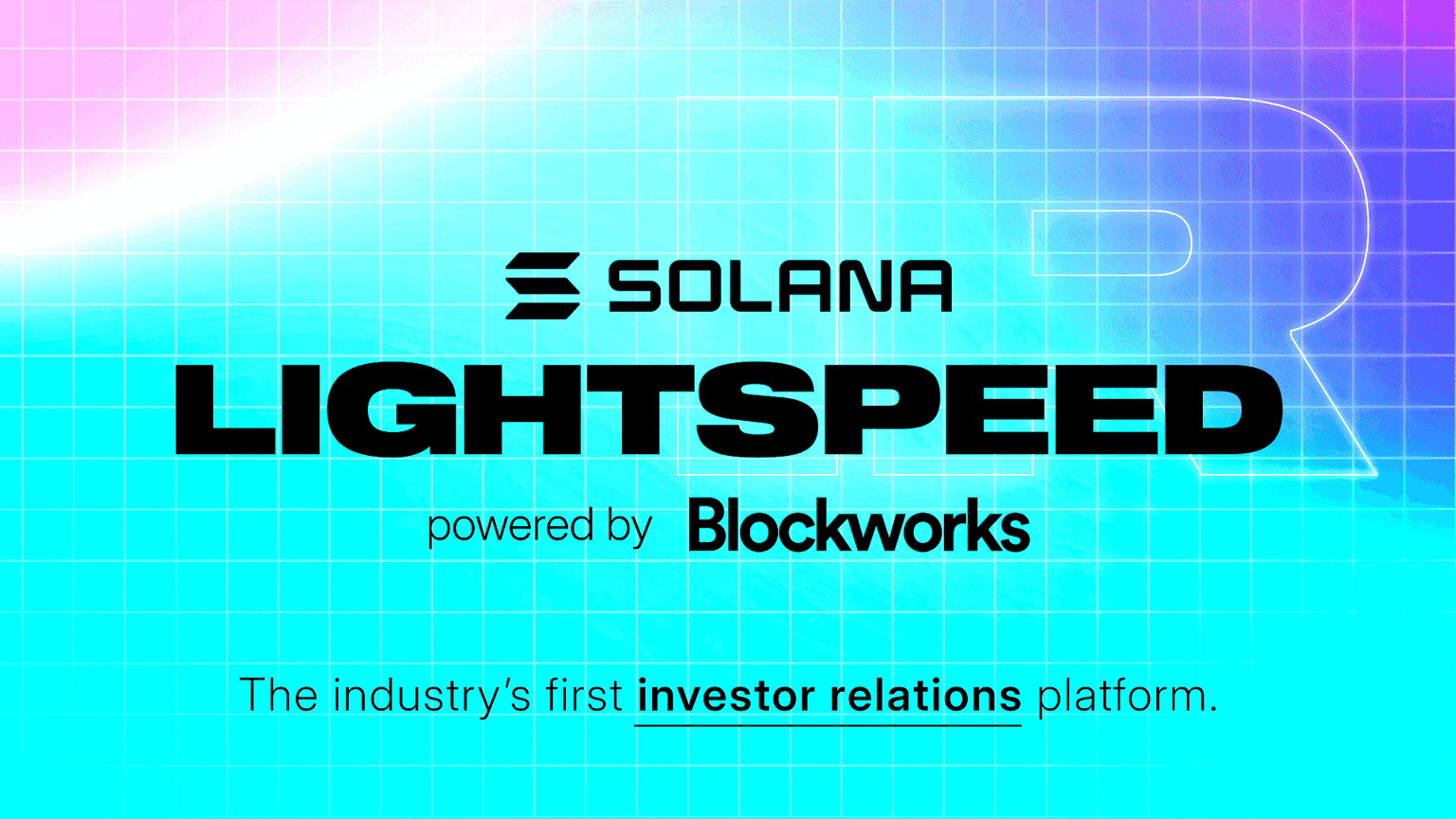Aave V4 roadmap signals end of multichain sprawl
Lending giant is moving to ERC‑4626 share accounting and preparing to shutter underperforming networks, with 86% of revenue on Ethereum mainnet

mydegage/Shutterstock and Adobe modified by Blockworks
Aave Labs has released its official launch roadmap for V4, laying out the final steps ahead of the major upgrade’s Q4 mainnet launch.
Alongside new architectural and security improvements, the roadmap introduces a fundamental shift in how user balances are tracked and highlights a strategic pullback from economically underperforming deployments across layer-2 and alternative layer-1 networks.
The V4 release moves away from aTokens’ rebasing-style mechanics toward ERC-4626-style share accounting, a change that promises cleaner integrations, easier tax treatment, and better compatibility with downstream DeFi infrastructure.
In a recent technical development update, Aave Labs confirmed that “tokenization is to remain optional and built using ERC 4626 vaults,” and that internal accounting will eliminate the use of exchange rates or scaled balances. The goal is to “further improve the overall reliability of the protocol.”
ERC-4626 is a widely adopted Ethereum standard that expresses user deposits as shares of a vault rather than balances that grow over time. In Aave V3, aTokens accrue interest by increasing a user’s balance directly — behavior that resembles rebasing tokens and often confuses integrations and portfolio accounting tools.
By contrast, ERC-4626 tracks yield through a rising price-per-share metric, leaving token balances unchanged. The result is more predictable behavior for integrators, auditors and tax software, as well as a clearer cost basis for users.
The roadmap also outlines a series of release milestones, including a formal codebase publication, a public testnet launch with a redesigned interface, and the completion of a multi-layered security review involving formal verification and manual audits. Aave Labs said the roadmap reflects the protocol’s “final stages of review, testing, and deployment,” and that additional documentation and launch preparation materials will be released in the coming weeks.
But the most pointed strategic shift comes not from the codebase, but from Aave’s own governance forums.
“Aave revenue is made on Mainnet”
In a starkly worded “State of the Union” post published by delegate Marc Zeller of the Aave Chan Initiative (ACI), the DAO signaled a clear intention to consolidate around Ethereum mainnet.
“At this point in time more than half of the Aave instances across L2s and alt-L1s are not economically viable,” Zeller wrote. “Based on YTD data, more than 86.6% of Aave revenue is made on Mainnet; it is now increasingly clear that everything else is a side quest.”
The post goes further, noting that proposals will be submitted to wind down deployments that no longer make sense for the protocol’s bottom line.
“In light of this, the ACI has updated our doctrine toward new network deployments,” Zeller added. “Therefore, we will publish proposals in the near future, aiming to close down shop on underperforming networks.”
Blockworks reached out to Aave representatives for details, such as what metrics will determine which Aave deployments are to be deprecated, but didn’t hear back prior to publication.
The commentary reflects frustration within the Aave community about the “spray and pray” expansion tactics of 2021–2023, when protocols launched instances across dozens of chains to capture incentives, often with little sustained user activity or economic value.
While some deployments — particularly on Ethereum L2s like Arbitrum and OP Mainnet — have shown signs of growth, many others have remained dormant or thinly collateralized. With DAO resources stretched across audits, governance overhead, and service-provider budgets, the protocol appears to be tightening its scope ahead of the V4 release.
 Aave weekly revenue over the past year | Source: Blockworks Research
Aave weekly revenue over the past year | Source: Blockworks Research
The roadmap also dovetails with broader economic planning within the DAO. ACI estimates Aave’s annual net protocol revenue at around $130 million — even with the protocol controlling a dominant share of DeFi lending. Roughly 80–95% of gross lending revenue is returned to liquidity providers, leaving the DAO with narrow operating margins. This has prompted a renewed focus on more profitable verticals like GHO, Aave’s native stablecoin, where the protocol itself earns the spread by acting as the sole liquidity provider.
For service providers and tokenholders, the V4 launch represents a clean break. The shift to ERC-4626 removes a major accounting complexity from aTokens and aligns Aave with standards already used by protocols like Yearn, Beefy and Pendle. Meanwhile, the governance direction makes clear that “more chains” is no longer synonymous with growth. Instead, the DAO is doubling down on Ethereum mainnet and a small set of strategically differentiated deployments.
Get the news in your inbox. Explore Blockworks newsletters:
- The Breakdown: Decoding crypto and the markets. Daily.
- 0xResearch: Alpha in your inbox. Think like an analyst.






